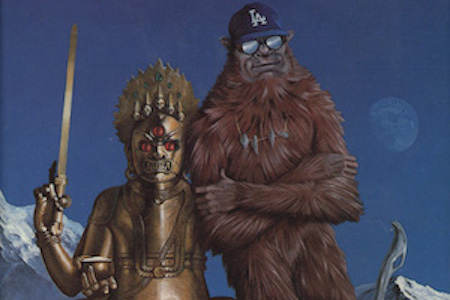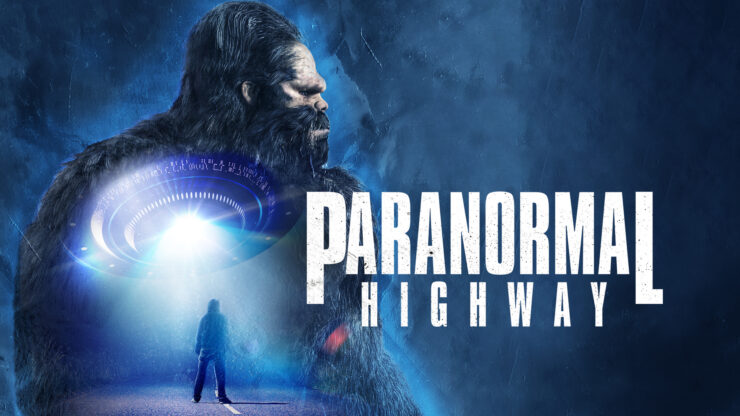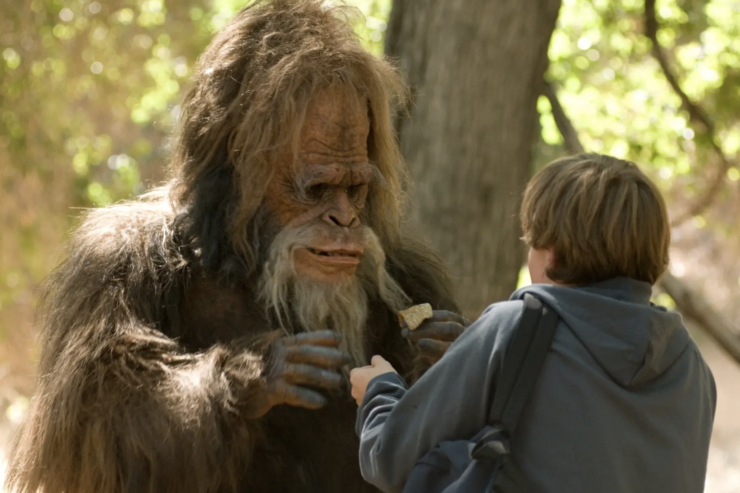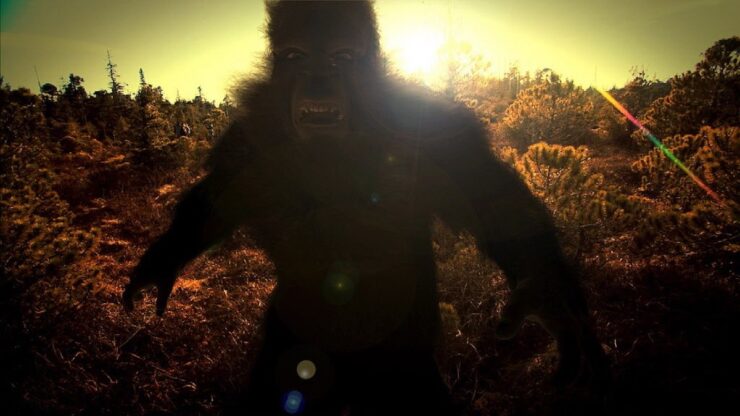When it comes to shapeshifters, the werewolf rules the modern imagination. But the wolf is far from the only creature into which a human may transform, either willingly or otherwise. The idea of transformation, shifting one’s native form, taking on the appearance of something altogether different, pervades the myth and lore and legend of numerous cultures around the world.
Canids are amply represented, not only wolf but coyote and fox. Cats of all shapes and sizes, especially the great predators, the tiger and the jaguar. Seals—selkies of the Northern isles. Bears. Bulls. Horses—the Pooka, the Kelpie. Birds of all sorts. Snakes, notably the cobra.
Gods are particularly notorious for shifting their forms to suit either whim or necessity. Zeus of the Greeks flew as far below his wife’s radar as divinely possible, sometimes literally, as eagle or swan, and once even as a shower of gold. Even where he kept his own superhuman shape, he might transform the object of his passion into anything from a heifer to a tree to conceal them from the vengeful Hera.
Norse Loki was genderfluid as well as body-fluid, taking the form of a mare, a salmon, even a fly. Flies are surprisingly popular forms for deities to take: tiny, all but invisible, but capable of choking their victims, or stinging them into madness.
Folktales and fairytales are full of transformations from human into animal and back again. Love and cruel magic turn a mermaid into a mortal woman. A witch’s curse transforms a family of princes into swans. Beauty’s Beast is a somewhat amorphous monster, given shape in film as a lion-man or a buffalo-baboon hybrid. A prince becomes a frog, until a princess’ kiss gives him back his human form.
Transformation does not have to be a curse. It may be a work of great magical art. The spell that gives the sorceress wings allows her to fly far and see more than she ever could as a human woman. The selkie has the full power of a seal in the sea; the fox spirit is quick and sly and able to slip into places where a human cannot easily go.
Buy the Book
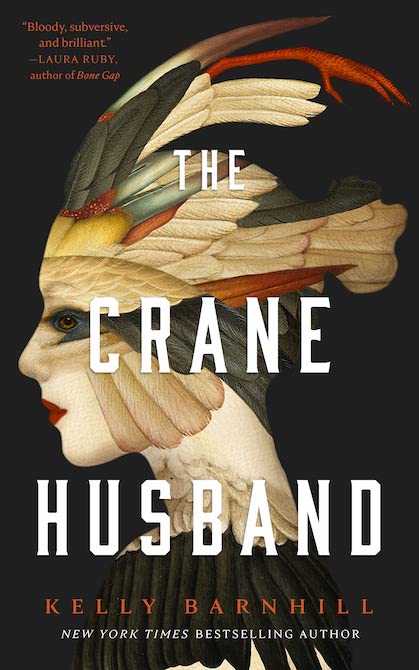

The Crane Husband
It’s not only about power. It can also be about empathy, about literally putting oneself in the other’s place. T.H. White’s Arthur takes on multiple forms as part of his education; his teacher, Merlin, is a master shapeshifter. In one of the great magical battles of modern fantasy, Merlin duels to the death with Madam Mim, undergoing a rapid series of transformations that culminates in a stroke of deadly genius.
Modern fantasy and horror love shapeshifters. Vampires—who often can shift into bats—share their worlds with werewolves and other tribes of animal shifters. Cats, dogs, rats, snakes, deer, they’ve all had at least a moment.
Shifter romances are a thriving genre, and they are legion. If there is an animal form, real or mythical, someone, somewhere, has written a romance about it. There are whole series about dragon shifters, just for starters.
It’s not just fantasy, either. Science fiction is full of protean lifeforms, aliens who can assume the shapes of other species. Often they’re predators. Sometimes it’s a form of camouflage. Maybe they want to eat you, or become you. Or maybe they’re just trying to stay alive.
In this chapter of the Bestiary, I’ll be sampling some of the many shapes and forms of shifters. I have my list and my favorites. I’d love to hear yours. Which books and films are your go-to for shifter stories? I’m especially interested in non-Western examples, and in lesser-known books and films. I can’t promise to get to them all, especially if they’re really obscure or hard to find, but I’ll do my best. I can’t wait to see what’s out there.
Judith Tarr is a lifelong horse person. She supports her habit by writing works of fantasy and science fiction as well as historical novels, many of which have been published as ebooks. She’s written a primer for writers who want to write about horses: Writing Horses: The Fine Art of Getting It Right. She lives near Tucson, Arizona with a herd of Lipizzans, a clowder of cats, and a blue-eyed dog.











